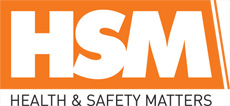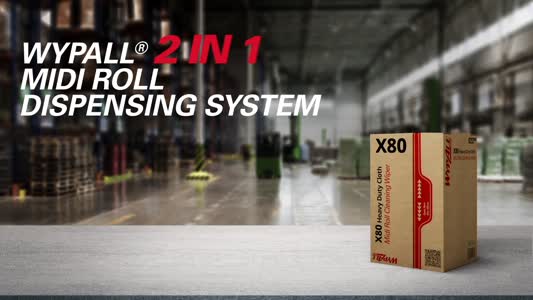
 |
Mark Sennett
Managing Editor |
 |
Kelly Rose
Editor |
| Home> | Industry Update | >Company News | >Why OSHA compliance certification matters in today’s safety landscape |
| Home> | Training & Development | >Courses | >Why OSHA compliance certification matters in today’s safety landscape |
| Home> | Training & Development | >Online Learning | >Why OSHA compliance certification matters in today’s safety landscape |
Why OSHA compliance certification matters in today’s safety landscape
28 July 2025
IN ANY workplace where physical risk is present, safety is not a guideline but a legal and moral responsibility. Whether managing a manufacturing floor, a logistics centre, or a field services team, organisations must maintain a clear understanding of what safety compliance looks like in practical terms.

For many teams operating across international projects or in high-risk sectors, one of the most recognised benchmarks for safety understanding is an OSHA compliance certification.
Although OSHA is a United States regulatory body, its frameworks are widely referenced outside the U.S., especially by multinational companies and suppliers operating in sectors like construction, manufacturing, energy and logistics. These standards help define how workplaces can reduce accidents, improve incident response and meet training requirements in environments where workers face real hazards every day.
A safety culture through OSHA training
A certified workforce is not just trained to follow rules but prepared to act with confidence when conditions change. The value of an OSHA compliance certification lies in how it teaches people to identify risks, communicate clearly, and prevent incidents before they escalate. From proper equipment handling to understanding fall protection and hazard communication, the training provides a clear framework that reinforces not just what to do, but why it matters.
For safety managers, having employees who are OSHA-certified also means fewer gaps in understanding during audits, fewer mistakes during critical operations and a stronger foundation for team accountability. Certification is more than a box to tick; it's a signal that safety has been built into the way people approach their work.
Expanding access through online certification
In the past, accessing this type of safety training required travel or scheduled in-person sessions. That is no longer the case. Through OSHA certification online, teams can now access high-quality, standards-aligned training regardless of location. This shift has been especially important for organisations with distributed teams, contractors in remote areas, or new hires who need to complete onboarding quickly without interrupting site operations. Online certification follows the same regulatory structure as classroom-based training. The courses cover essential topics such as personal protective equipment, workplace hazard identification, confined space protocols, emergency planning, and electrical safety. Learners are assessed, and records of completion can be centrally managed to ensure compliance across departments.
FMTC offers comprehensive OSHA certification courses online, designed to meet regulatory standards while providing flexible learning options tailored to the needs of modern, distributed teams. For companies with international reach, the ability to train teams to OSHA standards without logistical delays creates an advantage. It builds consistency, avoids regional training gaps, and ensures that teams on the ground are working from the same safety expectations.
A Clear Investment in Prevention
Workplace incidents cost more than time and money. They affect morale, reputation and business continuity. Investing in structured safety training, particularly through programmes like OSHA compliance certification, is one of the most direct ways to reduce those risks; it sends a message that the organisation values preparation.
Safety should not be limited to checklists or occasional toolbox talks but must be embedded into how tasks are planned and executed, communication and how equipments are used. Training supports this by setting a standard that everyone on site can understand and follow.
Conclusion
As regulatory expectations continue to evolve and workplaces become more complex, clear and accessible training is essential. Programmes such as OSHA compliance certification provide both the structure and the credibility needed to ensure that teams are prepared for the real risks they face on the job. With the availability of OSHA certification online, that preparation is now easier to deliver across multiple teams and locations, creating safer, more resilient workplaces in every industry.
- DHF champions Fire Door Safety Week 2022
- BSIF releases industry report on BREXIT
- Hidden health cost of standing at work revealed
- Practitioner viewpoint - June 19
- Fine after worker run over by forklift truck
- Farm Safety Partnership launches campaign
- Foreword
- Housing Association protects employees
- Double sentence for Legionella failure
- Car sprayer develops occupational asthma























